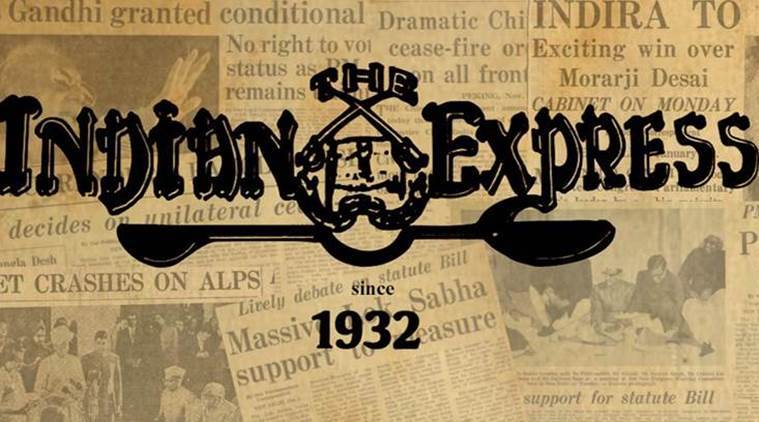Opinion Update error
EC’s conduct of Gujarat polls has invited questions it must address. It has a formidable reputation to protect
 Oli has himself stressed that his government wants to intensify relations with both countries.
Oli has himself stressed that his government wants to intensify relations with both countries.  The Representation of the People Act of 1951, which offers the electorate a cooling-off period of 48 hours, insulated from political advocacy, has not kept up with communications technology.
The Representation of the People Act of 1951, which offers the electorate a cooling-off period of 48 hours, insulated from political advocacy, has not kept up with communications technology.
The Congress has demonstrated before the Election Commission office in Delhi, protesting against what it sees as differential treatment of possible violations of the model code of conduct, after the EC took objection to an interview of Rahul Gandhi. But events in the final hours in the Gujarat poll process draw attention to a larger problem: The rules governing elections appear out of date. The Representation of the People Act of 1951, which offers the electorate a cooling-off period of 48 hours, insulated from political advocacy, has not kept up with communications technology. Section 126 of the Act prohibits election meets, the display of poll material by “cinematograph, television or other similar apparatus”, and the organisation of entertainment and events to aggregate voters in order to communicate with them. These would have covered all bases in the 20th century, providing enough silent time for voters to exercise autonomous choice. But India in the 21st century is a different country, where poll-related communications follow multiple channels.
The intention of Section 126 is to prevent contenders from collecting critical masses of the electorate in order to proselytise. The traditional mode is the poll meeting, which both reaches out to people and provides a visual metric of popular support, which is itself an inducement. In the 20th century, state-owned TV was misused by the party in office to inundate the viewer with poll communications, and cinema newsreels were compelling tools of propaganda before the advent of TV. But today, communications has surpassed the one-to-many model of broadcast media. Many-to-many communications is now the most powerful mode, as seen in social media. Facebook pages, online forums and WhatsApp groups are the new gathering places, performing the same function as a physical political meeting. But while broadcast media can be curbed — a single tap needs to be turned off for 48 hours — social media is immune to intervention. Since it would be unfair to curb traditional media while allowing new media free play, and the EC cannot be seen to be partial, perhaps it is time to rethink these curbs across the board. Another practical difficulty presents itself when the top leadership of government doubles as lead campaigners. Ministers have to attend public meets, announce schemes and field questions. But they must also be held to the model code, which specifies that official duties and election outreach cannot be clubbed.
From the time that TN Seshan swept the Augean stables, the Election Commission has developed a formidable reputation as the institution safeguarding Indian democracy. But from the controversy over election dates to the present charge of excessive zeal, its conduct of the Gujarat polls has invited accusations that threaten to diminish its sheen. After this election, it must work to stem the tide.





